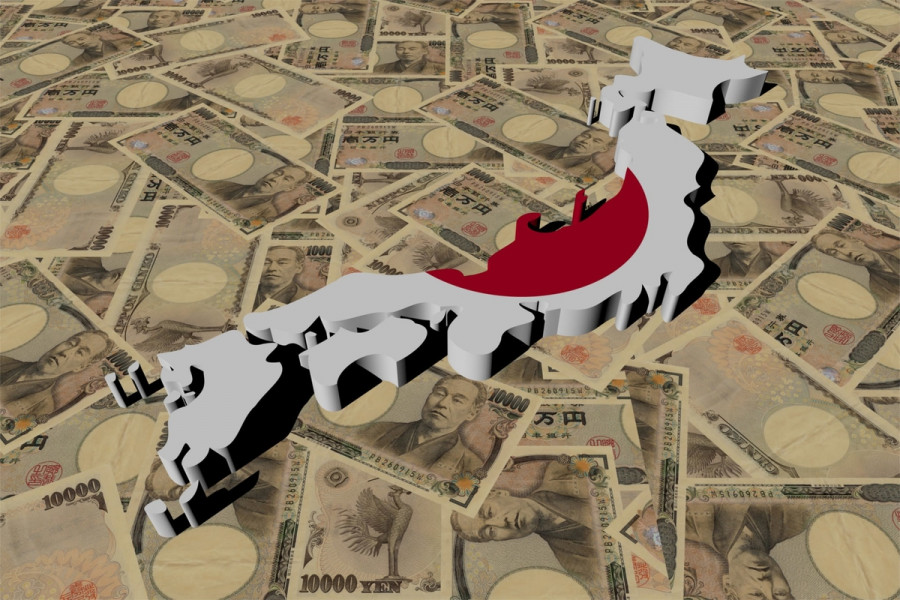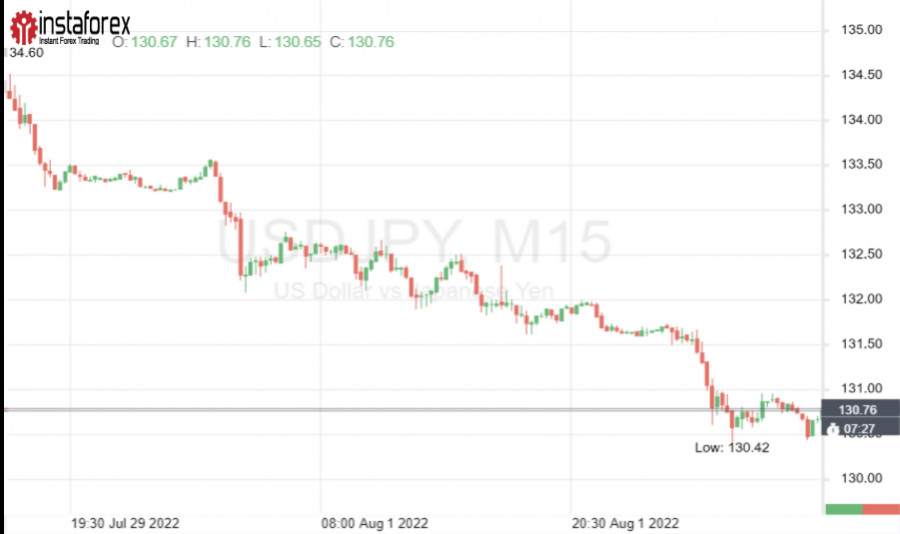

The US dollar reached another low against the Japanese yen at the beginning of Tuesday. It seems that the worst is yet to come: the technical picture is not in favor of the bulls for the USD/JPY pair.
These days, the Japanese currency is showing the longest growth against the dollar in six months. The rally of the JPY continues for the fifth consecutive session.
During this time, the yen rebounded by more than 6% from the 24-year low, which was reached against the dollar in mid-July.
The greenback fell against the yen by 0.5% at the beginning of today's trading, to the level of 130.595. This is the lowest level in almost two months.

One of the catalysts for the yen is the news about the possible visit of the Speaker of the US House of Representatives Nancy Pelosi to the island of Taiwan.
Official Beijing said that this visit, which poses a threat to China's independence, could undermine the already tense relations between America and China.
Concerns about the consequences of the upcoming visit of a member of the US Congress to Taiwan put pressure on Asian currencies (Chinese yuan and Taiwanese dollar), which led to an influx of funds into the safe yen.
Also, the Japanese currency continues to strengthen on the general weakness of the dollar. The greenback index dropped to 105.03 points on Tuesday morning, which is a monthly low.
The greenback lost its growth momentum last week, when the US Federal Reserve raised interest rates by 75 bps for the second time in a row.
Strong pressure on the dollar was exerted by the reduction in expectations of aggressive rates of interest rate hikes by the Fed.
The situation was aggravated by weak US GDP data published last week.
Investors fear that the contraction of the US economy for the second quarter in a row will force the Fed to slow down the pace of tightening its monetary policy.
The reassessment of expectations of a Fed rate hike led to a sharp drop in the yield of 10-year US government bonds. So, at the beginning of Tuesday, the indicator plunged to the lowest level since April of 2.53%.
Meanwhile, the spread between the real yield of 10-year US bonds and their Japanese equivalents has decreased to 0.80% from more than 1.5% in mid-June.
Recall that the yield gap that formed this year between the United States and Japan due to monetary divergence contributed to the rapid fall of the Japanese currency.
Since the beginning of the year, the yen has fallen by about 13% against the dollar and remains the worst among the Group of 10 currencies so far.
Nevertheless, many analysts are confident in the yen's further ascent against the US dollar. The continuation of the bearish trend of the USD/JPY pair is indicated by the technical picture.
Now the asset is sharply declining after the breakdown of the ascending wedge on the daily scale. This usually indicates a loss of momentum in a bullish trend.
In addition, for the first time in 11 months, the pair fell to almost a 100-day exponential moving average at 130.29, and the 20-EMA at 135.26 turned downward. All this reinforces expectations of a fall in the dollar against the yen.
The relative strength index (RSI), which has settled in the bearish range of 20.00-40.00, also indicates a further decline in the USD/JPY pair.